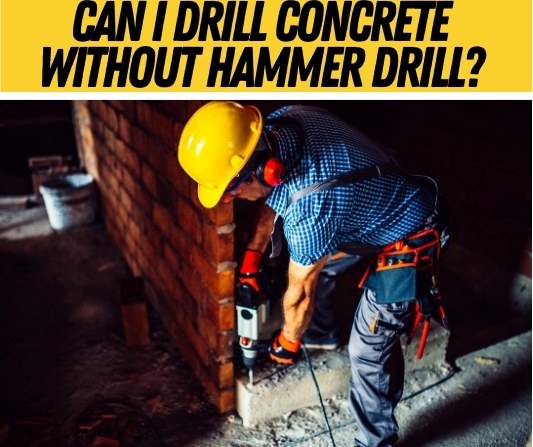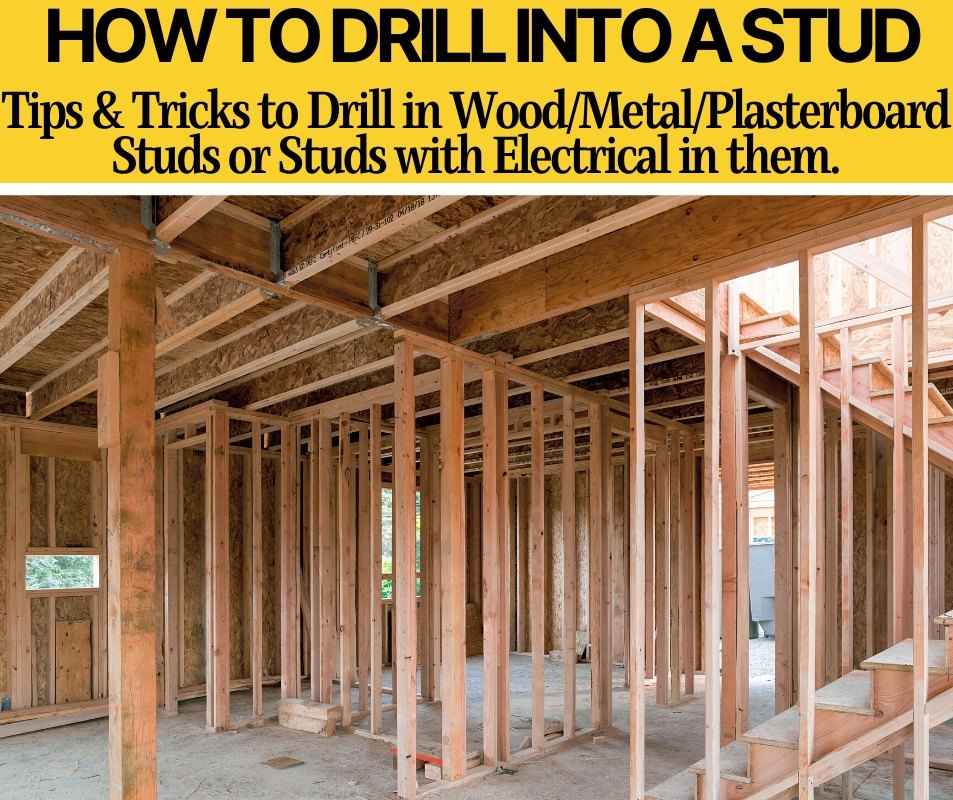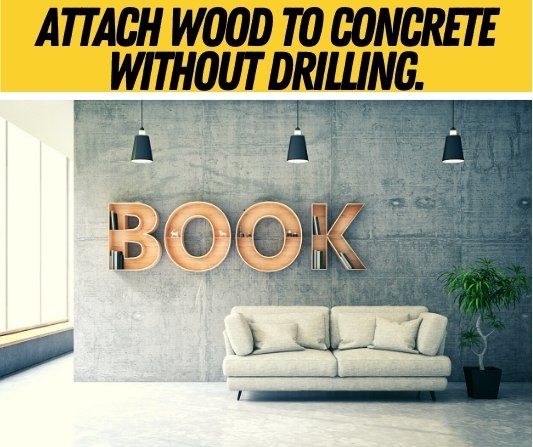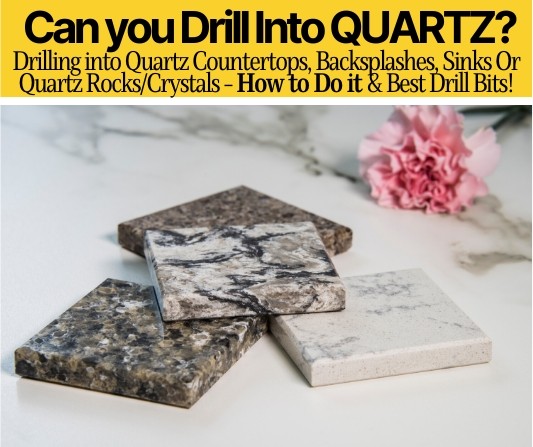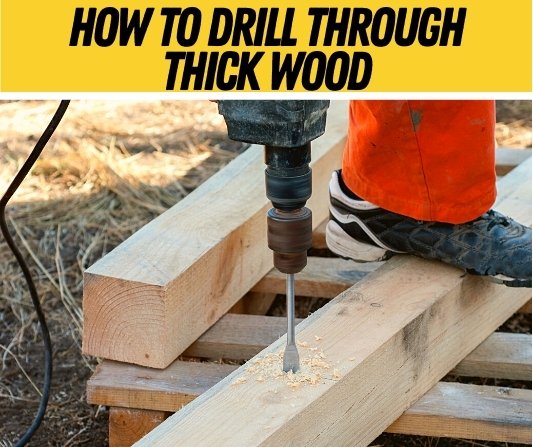 Drilling a hole in wood may seem a simple job.
Drilling a hole in wood may seem a simple job.
However, it is essential the correct techniques are used to ensure the hole is drilled efficiently and effectively through thick wood to avoid damage to your project or drill bits.
The best drill bits and methods & techniques will be looked at on how to drill a straight hole in thick wood if you have a hand, power drill or press drill.
How to drill through Thick wood
You may think drilling a hole is an easy 10 second job but it is quite the opposite when you have to drill through thick wood.
Without proper care in drilling though thick wood a few issues may arise such as:
- Wood splits
- Broken drill bits
- Drill doesn’t come back out of wood when you are deep into the wood
The following stepped guide is generic and will allow you to drill through a piece of thick wood effectively to get the job done whether you have a manual hand drill or an automatic power drill. If accuracy and finish is important further details on how to achieve such a hole is explained later (we will also review best drill bits and techniques).
- Mark out the location of the hole
- Clamp down the wood you are drilling through to your workbench or vice. If you have scrap wood put this between the clamp and the workpiece. Place a piece of scrap underneath to avoid damaging your workbench and ‘tear out’ of the wood (where the exit of the hole has split and is ragged)
- Insert the required drill bit size and length into the chuck and tighten
- Carefully start drilling into the workpiece
- Engage the drill bit around ¼ of the way and then retract the drill and clear hole of any wood chips/swarf that may be collected in the hole (this will prevent blocking the hole and compacting, reason is further explained later)
- Engage the drill bit further going in and clear the hole every ¼ of wood drilled as per step 5 until the hole is complete.
Note: Depending on how thick and how many holes you need to drill it is good practise to have small breaks between holes or a slight delay between drilling the same hole to avoid the drill bit getting stuck halfway in the hole due to the heat causing expansion in the drill bit.

Best way to drill through thick wood
By following the steps above you will have achieved a hole. But does it look like the hole has the proper angle? Do you want a straight hole? Then proceed to read on for some tips and tricks!
To begin with see what type of drill you have. This may be manual (brace or hand drill) or an automatic (power drill). With a manual drill if the drill is constantly swaying from side to side you are guaranteed a hole at an angle or find it hard to try to drill the further you go in. An easy tip to give yourself more control, is to keep the arm and elbow that is creating the pressure onto the wood as close to your body as possible.
An alternative is to change the approach of how you are drilling the hole. Often you will start drilling vertically down/from above, but an alternative technique is to simply change the orientation of the wood to drill it horizontally instead, the drill will now be pointing towards your body. By using this method you can put some body weight as pressure where the arm and elbow will just be used to control and position the drill. But please note, this method will work best on a hand drill not a brace due to the actual design of the drill. Paired up with the steps mentioned earlier, you will get yourself a good quality and straight hole, but ensure that you take it steady and not drill too quickly as you may lose control.
If you have a power drill there will be a lot more options and methods you can use to get yourself that ‘perfect’ hole. With most drills the rotational speeds are dictated by the amount of pressure you put onto the trigger however some will have a speed selector. This will be useful to give you better control of the drill as you go into the wood. A medium speed would be useful to start with (go in until around half your drill size) and then you can turn it to a high speed to finish the hole off to avoid having a ‘wonky’ hole.
The part drilled hole you have already created will act as a straightening tool for the drill bit and will form rest of your hole into wood straight. The same methods for better control such as keeping your arms and elbow as close to your body as possible as per the methods mentioned previously for the manual drills can apply here as well. But with a power drill keep two hands on the drill (one on the handle and one on the top) and keep your elbow and arms into your body to give you better control and avoid your elbow ‘kicking outwards’ should there be greater amount of resistance in the wood while drilling causing the drill to kick.
Best drill bits for thick wood
There are a variety of drill bits you can use to help drill a hole with. The most commonly used is a helical or twist drill. This is widely used and will definitely form a hole and one you will most likely have lying around in your toolbox but is not the most efficient and won’t give you the best finish or precise hole.
The table below highlights a few options you have to drill through thick wood cleanly and efficiently and depends on how thick and how big the hole you want to cut into the wood.
| Drill Bit | Features & Advantages |
| Brad Point | Bit tip at centre of drill bit for positioning
Flute grooves to remove extra material Precise and accurate hole with a clean exit |
| Auger | Can come up to 18 inches long (457mm)
Flute grooves to remove extra material Great for extra thick wood or deep boring Precise and accurate hole with a clean exit |
| Spade | Can create up to 38mm diameter sized holes
Precise and steady drill bit Clean hole and exit |
There are of course more drill bits (i.e. Forstner, Self-feed, Countersink) which are better for creating certain holes (dowels, counterbore etc) and at angles
How to drill through thick wood on a drill press
If you have the luxury of using a drill press, this is a great tool to give you a clean straight hole efficiently and effectively. This will require a bit more setting up than if you were to use a manual or power drill.
Follow the steps to drill through thick wood on a press.
- Choose the appropriate drill bit correct in length to allow the bit to exit the work piece (ensure drill bit cutting length is longer than the thickness of the wood)
- Get some wood scraps and put it under your workpiece (avoid tear out)
- Set up the press bed to an appropriate height which will allow the drill bit to pass through. Best way to see is to move the workpiece to one side and pull down on the lever and look level to the end of the drill bit to see if it passes through the workpiece. To avoid you drilling too far you can either set the press bed lower or adjust the stop in the lever (if you have the feature).
- Now line the drill bit up with the location of where you want to drill (a drill with a bit point will allow you to precisely see if you are drilling at that point you want) and clamp the part in place to the bed.
- Now turn the drill on and engage the drill ¼ of the way at a time and removing the swarf/wood chips to avoid compaction. Carry on until the hole has been fully formed and exited the workpiece.
How to drill a straight hole in thick wood without drill press.
If you don’t have a drill press, there are different methods and techniques which you could deploy to give you the best chances for the ‘perfect’ straight hole. With the previous methods you should already have a fairly straight hole. However, these methods will work best if you have a power drill to hand. If you only have a manual drill read the previous guide and you will need to ‘eye’ it up to line it up to drill straight.
If you have a drill press to hand or know someone who has one, get some scrap wood and drill a hole into it. This can now be used as a guide for when you use a power drill. Simply line the hole in the scrap with where you want to drill and secure by a clamp and start drilling!
Another method is to stick two pieces of scrap wood at 90 degrees to one another, ensure your scraps are all square and flat! Simply hold the drill in one hand and the guide in the other and make sure the inside corner is up against the drill bit to ‘square’ the drill up, this will act as the guide. Drill through around ¼ of the way of the drill bit, now there should be enough of a guide from the hole already drilled to carry on without the 90 degree scrap wood guide.
If you have a drill that has a flat backside, you can try clear taping a mini spirit bubble level such as this ( they cost less than $1 and are meant for DSLR cameras , the tiny black ones are the best), This actually is my go-to method for tasks such as this as It’s very rare that I will have a drill press which I can use.
Just make sure that the surface where you have placed your piece of wood is at a level as well for this to be effective.
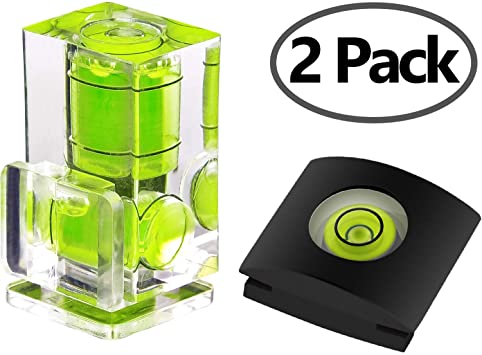
Alternatively, you could purchase a drill guide attachment for your power drill, where this will clamp onto your drill and you essentially will have a mini drill press to help you drill straight!

